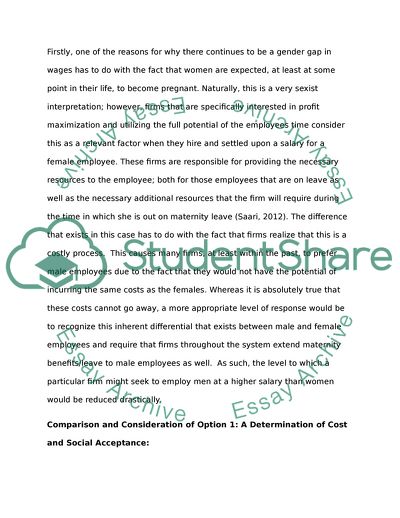Cite this document
(Gender Wage Disparity in the Employment Sphere Coursework, n.d.)
Gender Wage Disparity in the Employment Sphere Coursework. https://studentshare.org/social-science/1813031-how-to-reduce-the-gender-gap-in-pay-report
Gender Wage Disparity in the Employment Sphere Coursework. https://studentshare.org/social-science/1813031-how-to-reduce-the-gender-gap-in-pay-report
(Gender Wage Disparity in the Employment Sphere Coursework)
Gender Wage Disparity in the Employment Sphere Coursework. https://studentshare.org/social-science/1813031-how-to-reduce-the-gender-gap-in-pay-report.
Gender Wage Disparity in the Employment Sphere Coursework. https://studentshare.org/social-science/1813031-how-to-reduce-the-gender-gap-in-pay-report.
“Gender Wage Disparity in the Employment Sphere Coursework”. https://studentshare.org/social-science/1813031-how-to-reduce-the-gender-gap-in-pay-report.


